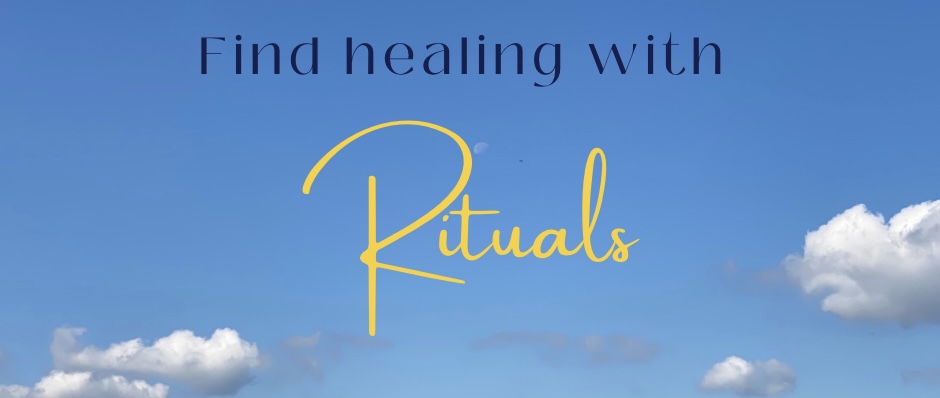In my final years in New York, I had a brief yet significant relationship with a lovely young man who opened up a door for me spiritually. In his hasty move away from the city because of a job, he left a book behind. For months, I would see that book and feel a strange connection with him. Sometimes, I would pick it up and thumb through it, imagining him close by. This situation is almost weightless in comparison to some of the losses I encounter daily with clients but shows how easily we can create deep connections when faced with loss.
In their compelling book, Integrating Spirituality and Religion Into Counseling, Craig Cashwell and Scott Young attempt to help the world of psychology fill a void that was left empty in the practice for decades: Making the mind/body/soul connection with clients. For years, many psychologists did a disservice to deeply spiritual clients by ignoring this part of them. Cashwell and Young instead give a roadmap for how to engage with a client’s faith in an ethical and productive way.
One part of the book looks at the often overlooked element of ritual. Rituals have long been seen as something that happens as a part of a religious ceremony, but Cashwell and Young show how this can be extended into counseling sessions and into our day-to-day lives:
A ritual is a symbolic experience or action that connects individuals to a deeper meaning or truth, enabling them to encounter that for which words alone are insufficient. Rituals can create a sense of connection with the transcendent… and with others. Most rituals contain cognitive, emotional, and behavioral components, allowing the participant to experience this transcendent connection with all parts of [their] being…
The religious rituals of the Eucharist, a wedding, or a funeral are probably the first examples that come to mind, but the book draws you to get personal. The need for personal ritual helps to identify the desire being voiced by the client.
For many who have experienced loss, there is a sense of unfinished business. The untimely loss of a loved one could mean words left unsaid. This could perhaps be a military veteran who lost a significant amount of his fellow soldiers and friends in one battle. It could even be the loss of a significant amount of money.
The pain of the loss seems to sit inside of us with absolutely nowhere to go until we design and carry out a ritual, almost as a pathway to lead the pain. Imagine the veteran who has to endure the pain of the date of the battle every year, remembering all those who perished and yet he did not. After years of struggling with the memory and writing of that horrific date in the calendar, he decides to create a personal memorial ceremony. He goes to a scenic overview with small plaques he has made etched with his friends’ names. He plays a song of significance on his guitar, says a prayer, speaks to them, eats a favorite food they all enjoyed, and tells them about his life the last year and how he is honoring them by living life to the fullest.
Rituals don’t need to be elaborate—they just need to be intentional. Similar to the original illustration, we often have an object of significance tied to a memory. Maybe it’s the last object someone touched. Maybe it’s something they left behind, like the book. For these scenarios, Cashwell and Young offer a five step process:
- Build rapport between you and the person guiding you in the process
- Identify the problem or desire
- Design the ritual
- Enact the ritual
- Share gratitude or closure
Some questions to ask yourself today:
- What are you holding onto so hard it hurts?
- What might this connection be holding you back from?
- How could you create a ritual as an act of surrender?

